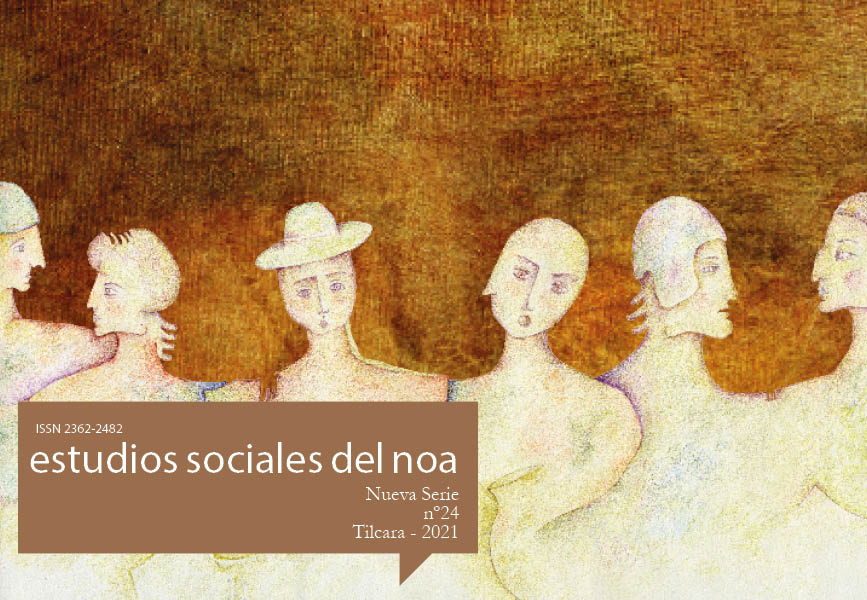The ceramic styles of Tilcara during the first millennium AD. A contribution from an archaeological rescue in the Malka neighborhood
Abstract
The archaeological find in the house of the Carrazana Paredes’ family is one of the most striking in the area due to the richness and quantity of registered ceramic elements, as well as for the diversity of its attributes, in particular the technological ones. The variety of types and the large sample detected in this context allowed us to advance in the characterization of the different containers with the objective of organizing a morphological and functional repertoire. This repertoire was built on the basis of contemporary findings in the same area, which currently constitute the collections of the Dr. Eduardo Casanova Archaeological Museum, of the Tilcara Interdisciplinary Institute, FFyL-UBA. Likewise, this diversity was organized via the reconstitution of the pieces by means of reassembly, the grouping of families of fragments and the identification of differentiated pieces from the more homogeneous set. To add to this reconstitution of stylistic attributes, functional aspects and traces of use of different samples were considered. The integration of all this evidence allowed generating interpretations linked to the forms of consumption during the first millennium AD, as well as identifying regularities and changes in relation to the ceramic assemblages corresponding to the beginning of the second millennium.Downloads
Authors who publish in this journal accept the following conditions:
- The authors or translators retain the copyright and assign to the journal the right of first publication, with the work registered under the Creative Commons Attribution-NonCommercial-ShareAlike 4.0 International, which allows third parties to use what published as long as they mention the authorship of the work and the first publication in this journal.
- Authors may enter into other independent and additional contractual agreements for the non-exclusive distribution of the version of the article published in ESNOA (eg, include it in an institutional repository or publish it in a book) as long as they clearly indicate that the work was first published in this journal.












